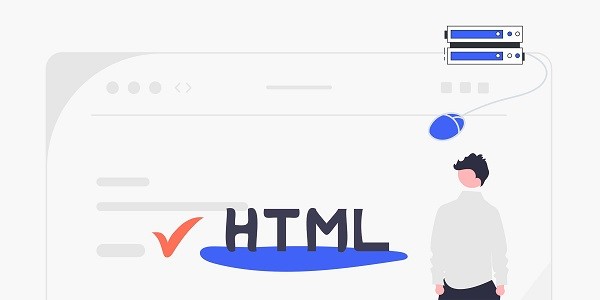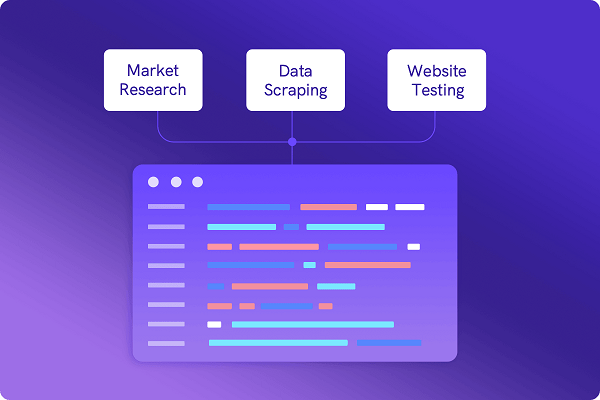This article analyzes the core indicators of high-speed web proxy servers and explores how IP2world achieves low latency and high stability through technologies such as static ISP proxy to optimize the network experience. What is the fastest web proxy server?"Fastest" is not a single speed parameter, but a comprehensive performance evaluation of response time, bandwidth stability, and task success rate. An ideal web proxy server needs to complete request forwarding within milliseconds while avoiding packet loss due to node overload or network congestion. IP2world's static ISP proxy relies on direct cooperation with mainstream operators to provide low-latency exclusive IP resources, becoming a typical solution in the field of high-speed proxy. What factors determine the actual speed of a proxy server?Physical distance, server load and protocol efficiency are the three core variables. Physical distance affects the basic delay of data transmission, but high-quality service providers can shorten the path through the global distributed node layout; excessive server load will cause queuing delays, and exclusive data center proxies completely avoid this problem through resource isolation; protocol efficiency involves TCP handshake optimization and data compression technology. For example, the SOCKS5 protocol used by S5 proxy reduces redundant handshake links compared to traditional HTTP proxies, significantly improving connection speed. How to test the real response speed of the proxy server?Traditional Ping tests only reflect basic network latency, and real scenarios require simulation of actual usage loads. Concurrent request tests can be used to observe performance degradation curves under high traffic, and unlimited servers support large-scale concurrent tests to ensure that the results reflect extreme working conditions. The API interface provided by IP2world allows users to obtain proxy IPs in batches and automatically record response times. Combined with the geographic location screening function, it can quickly locate the optimal node in the region. Why are static IPs more suitable than dynamic IPs for speed-sensitive scenarios?Although dynamic residential proxies have the advantage of IP rotation, they need to re-establish the connection each time they switch, which adds extra time costs. Static ISP proxies maintain fixed IP addresses, avoiding the 200-500 millisecond delay caused by repeated TCP handshakes, and are particularly suitable for real-time data interaction scenarios that require long connections. IP2world's static IP pool covers 200+ countries and supports on-demand selection of low-latency operators to ensure smooth operation of tasks such as video streaming and high-frequency API calls. How to further accelerate proxy services through technical configuration?Protocol layer optimization and intelligent routing selection are key. Enabling TLS 1.3 can reduce the encryption handshake time, saving about 30% of the time compared to TLS 1.2; the intelligent routing system monitors the node load in real time and automatically directs requests to the fastest path. IP2world's S5 proxy has a built-in traffic compression algorithm, which can reduce bandwidth usage by 20%-40% when transmitting structured data such as JSON/XML, indirectly increasing the effective transmission rate. How to strike a balance between speed and anonymity?The pursuit of extreme speed may require sacrificing some privacy protection mechanisms. Although transparent proxies have the fastest response, they will expose the user's real IP; highly anonymous proxies enhance concealment by modifying HTTP header fields, usually increasing processing time by 5-10 milliseconds. IP2world's dynamic residential proxy adopts a hybrid anonymity mode, which maintains millisecond-level response while achieving privacy protection by regularly refreshing IP addresses, taking into account both speed and security requirements. As a professional proxy IP service provider, IP2world provides a variety of high-quality proxy IP products, including dynamic residential proxy, static ISP proxy, exclusive data center proxy, S5 proxy and unlimited servers, suitable for a variety of application scenarios. If you are looking for a reliable proxy IP service, welcome to visit IP2world official website for more details.
2025-04-12


